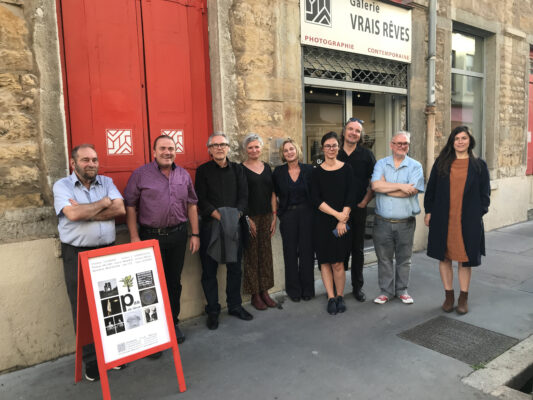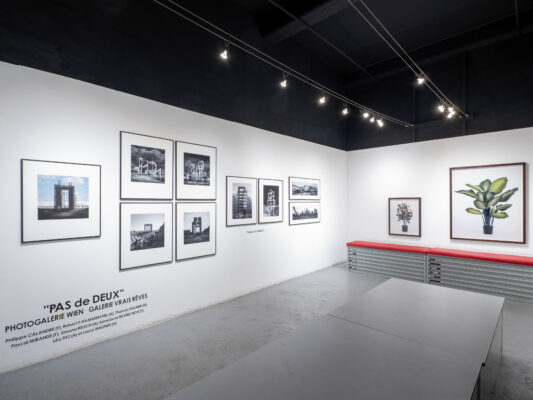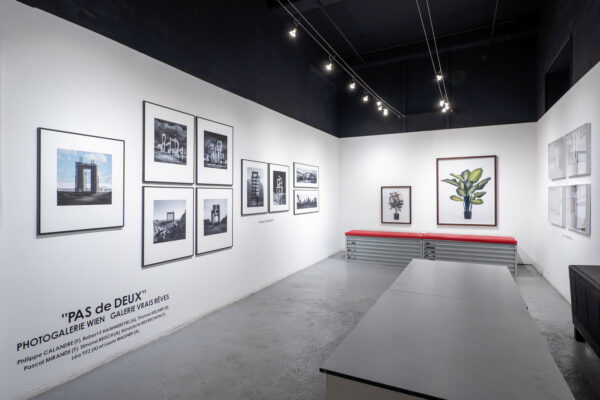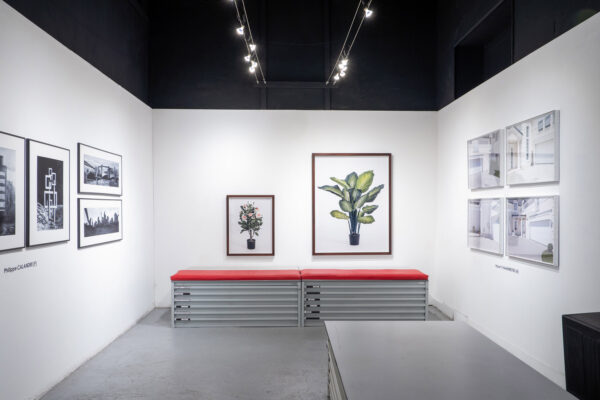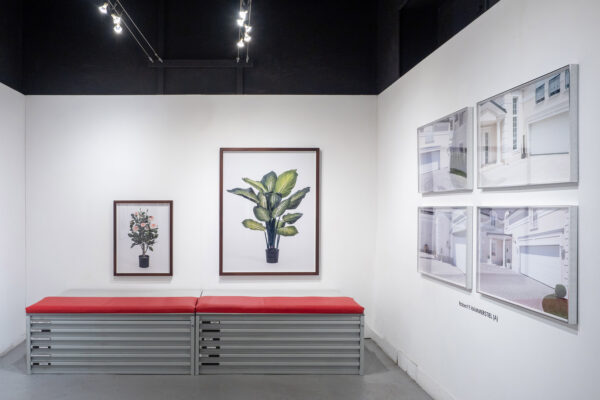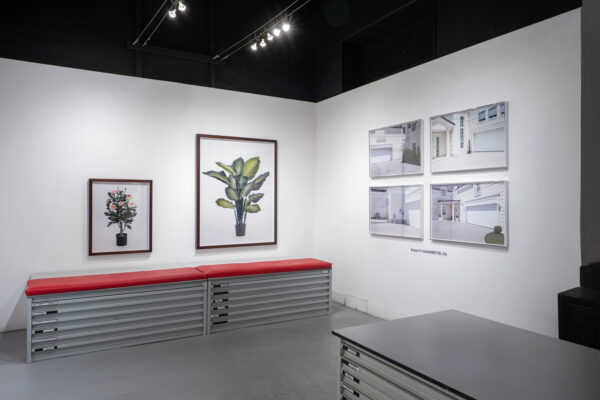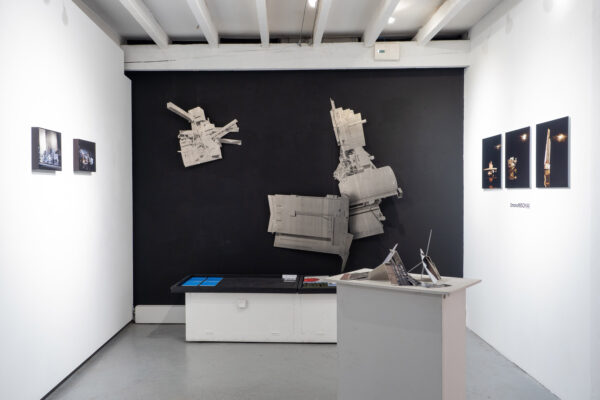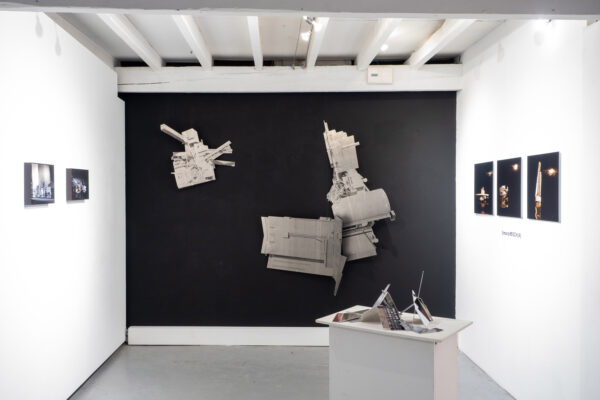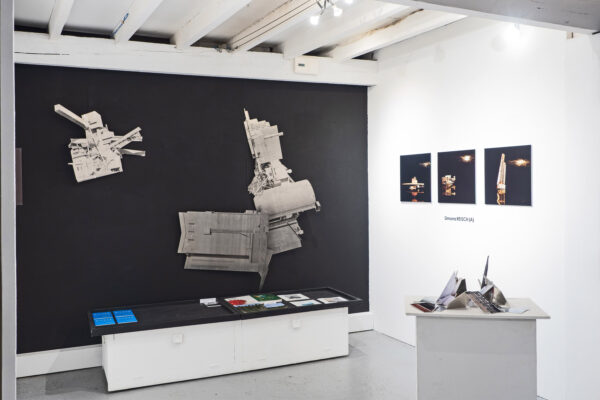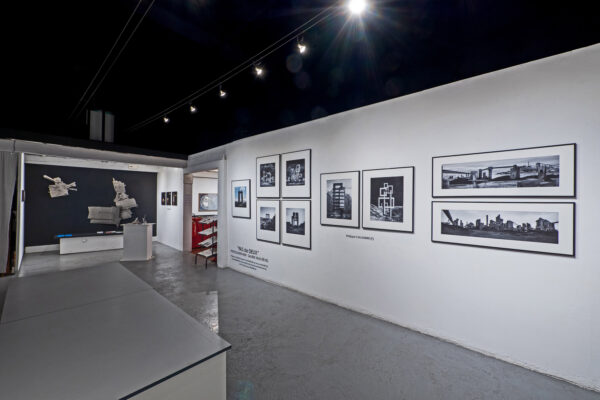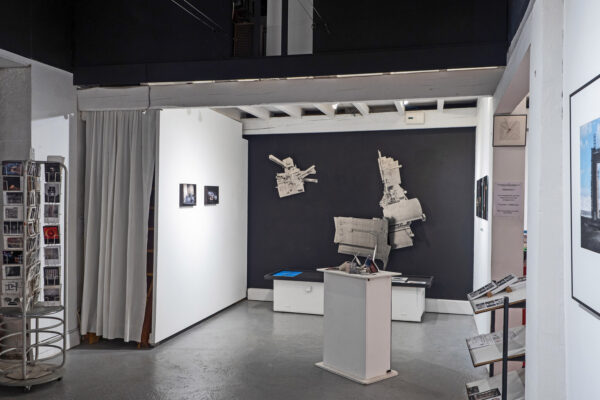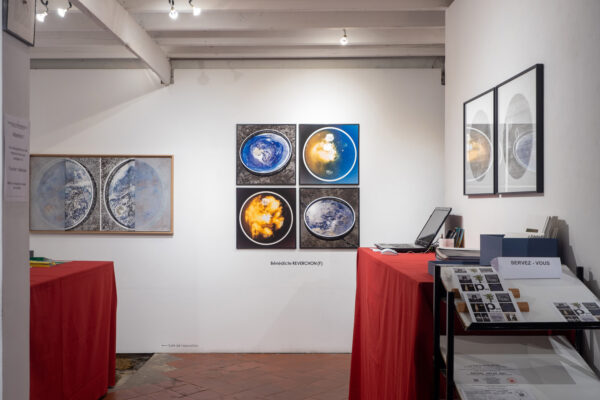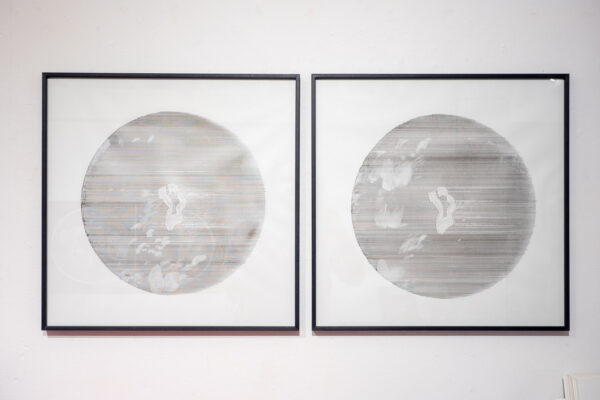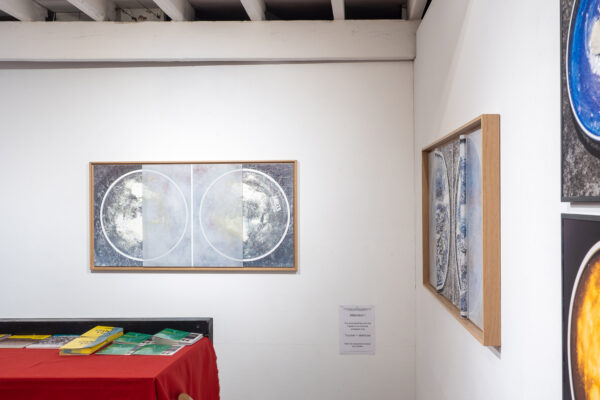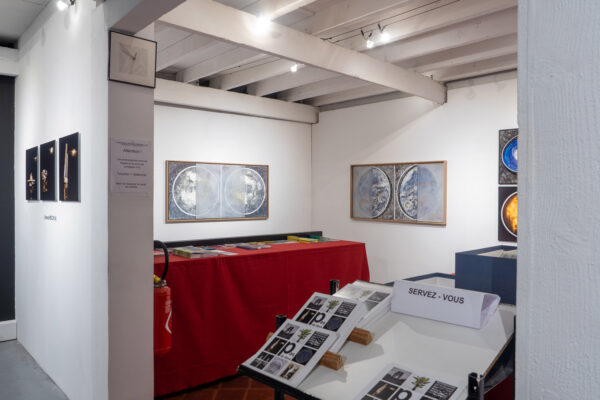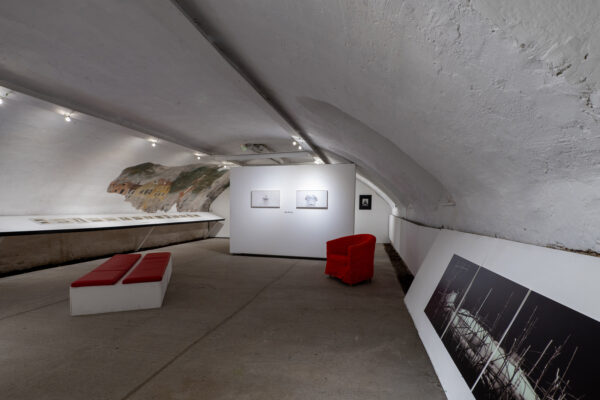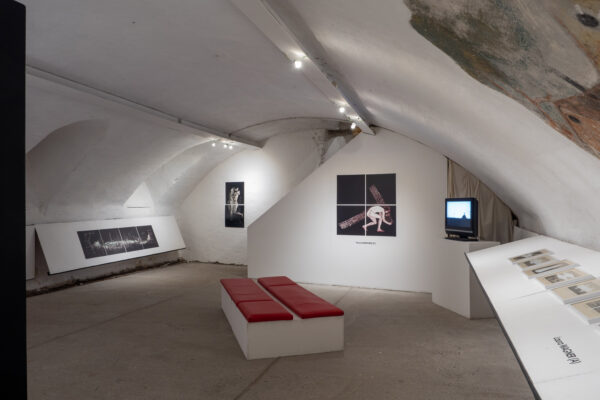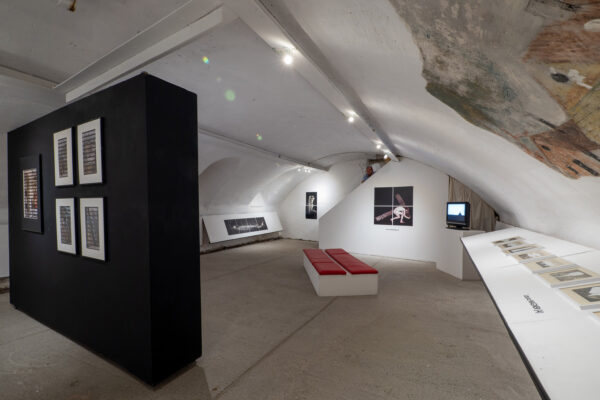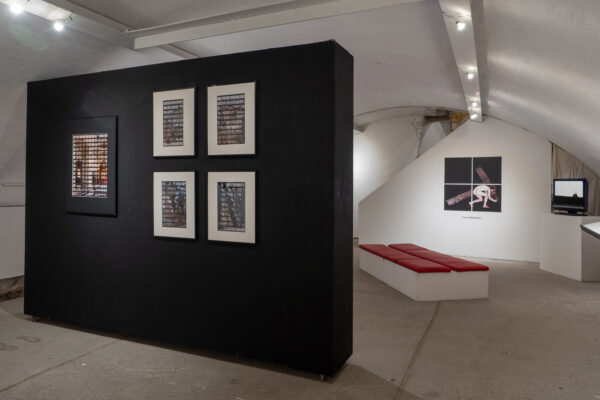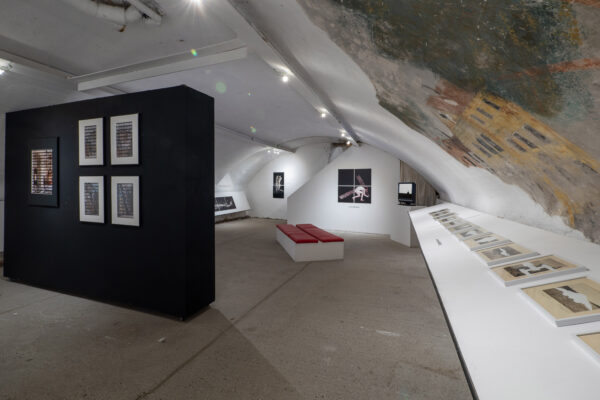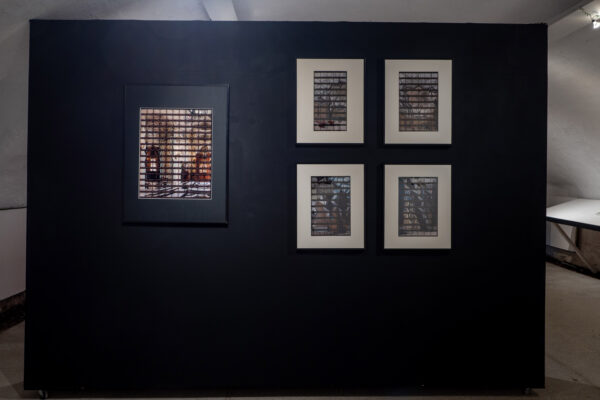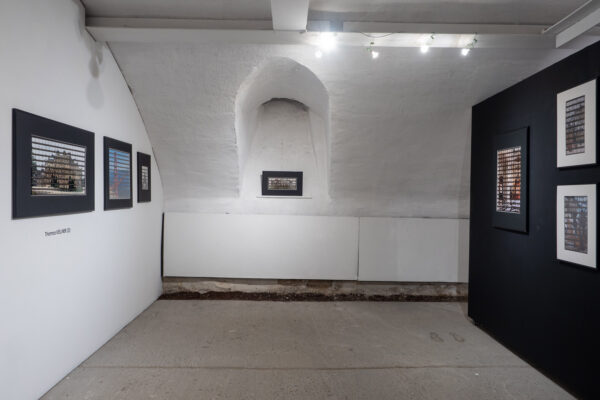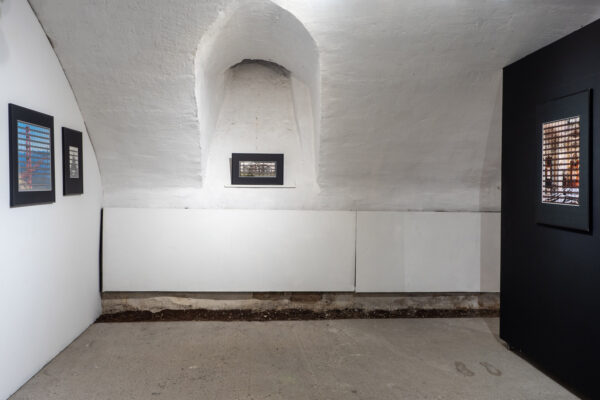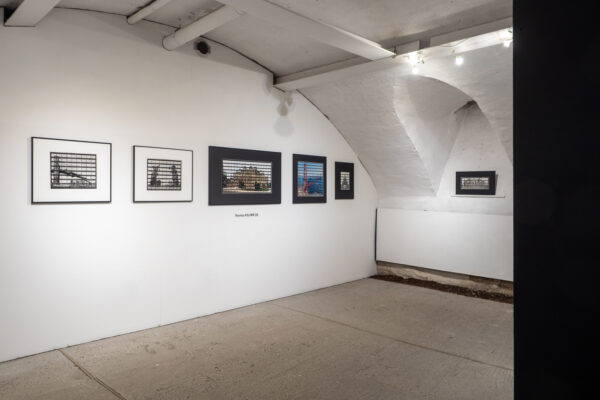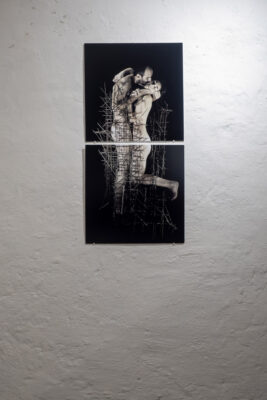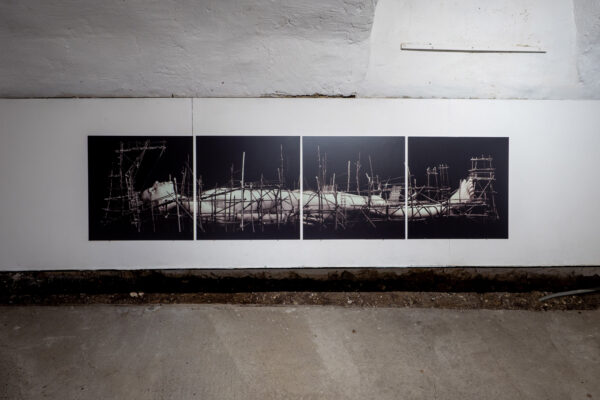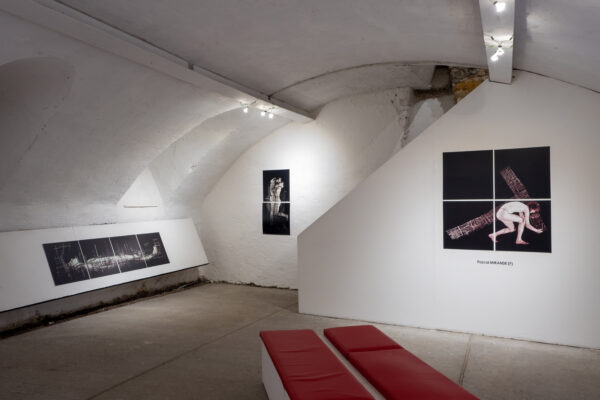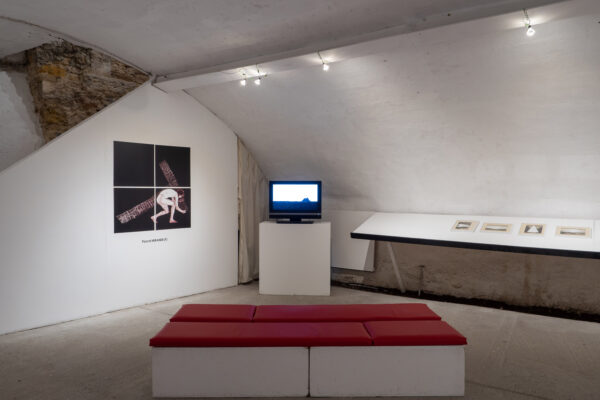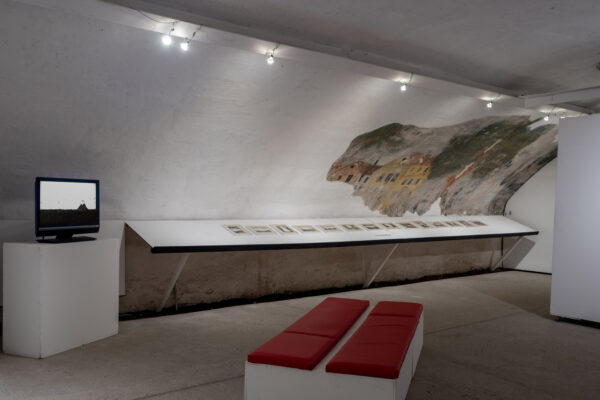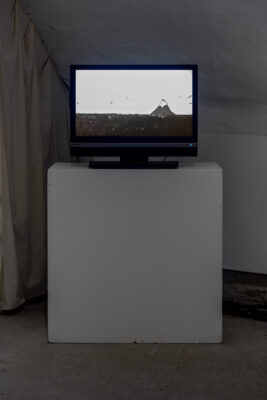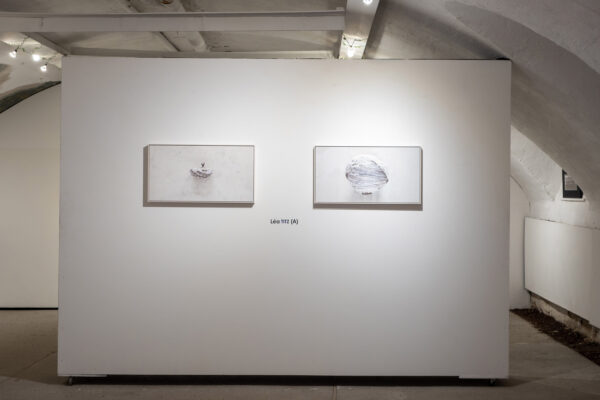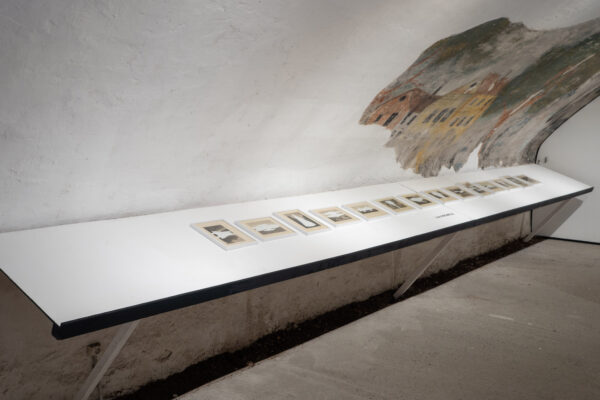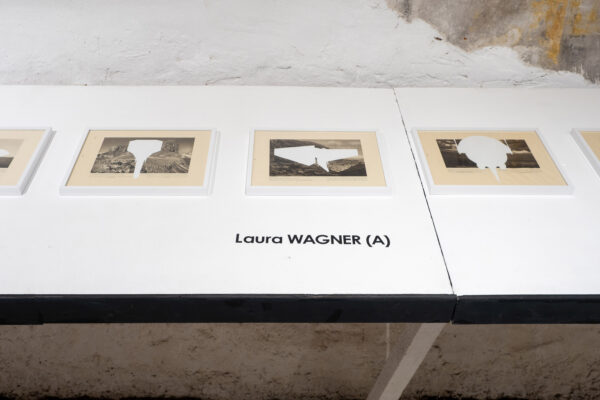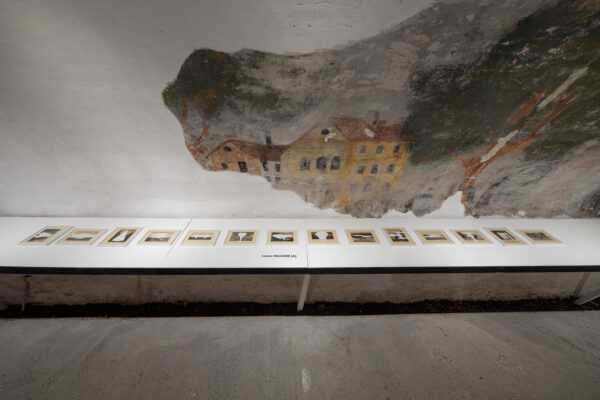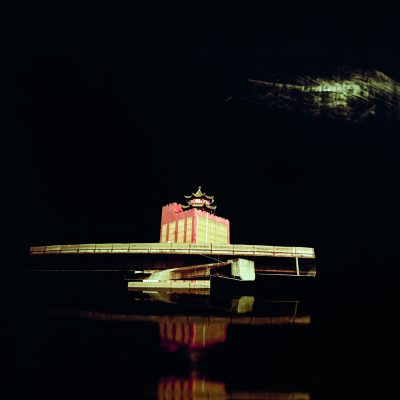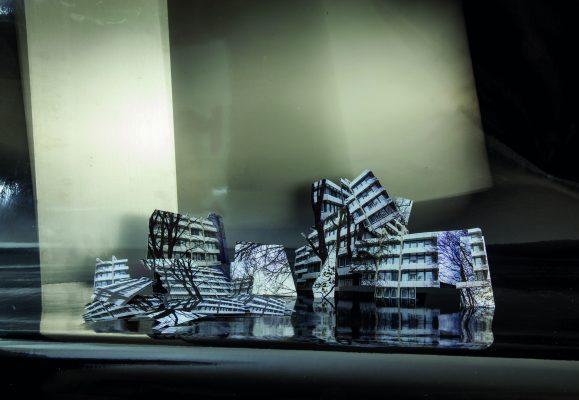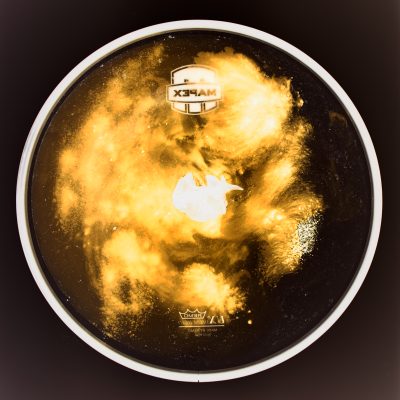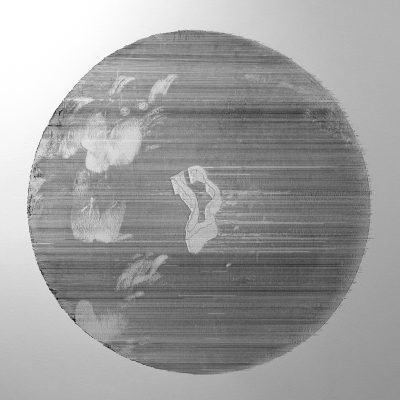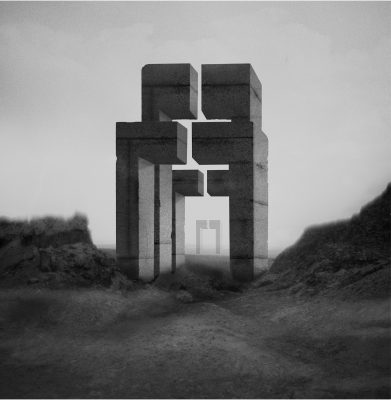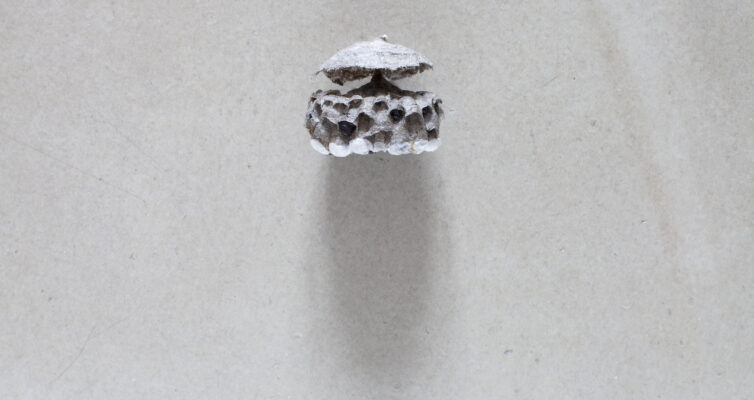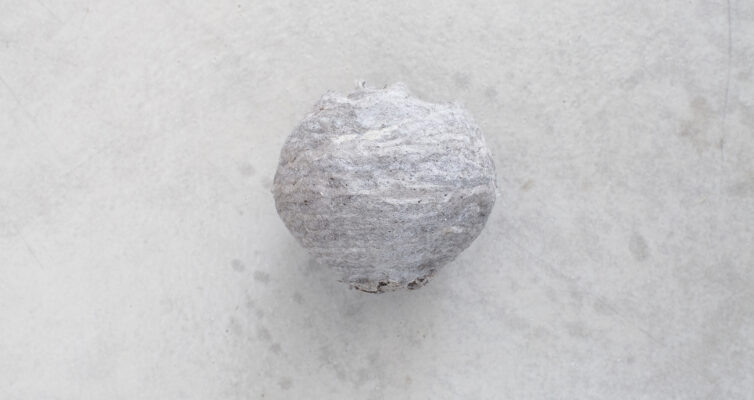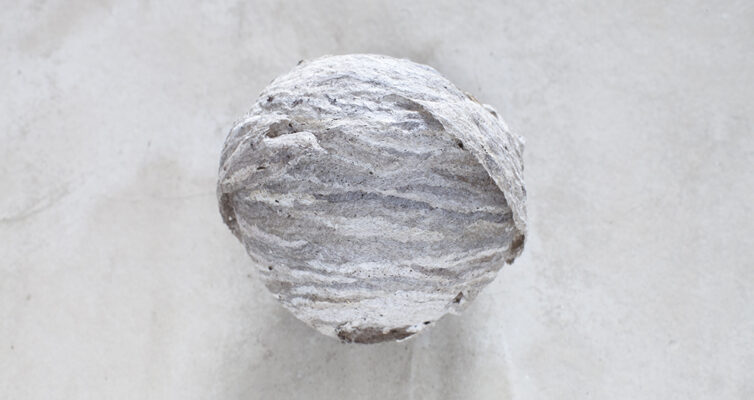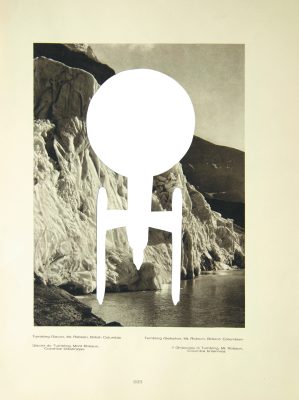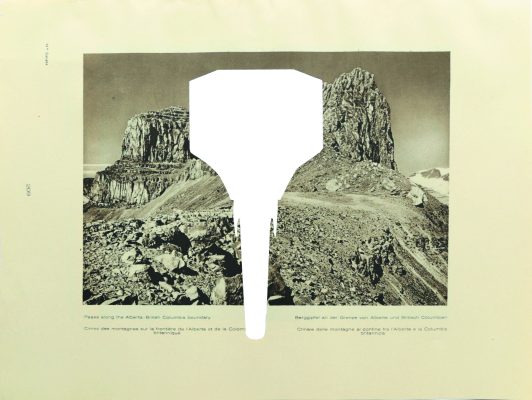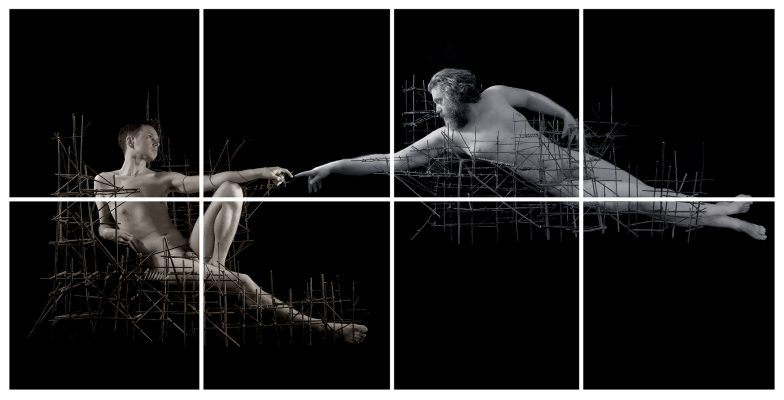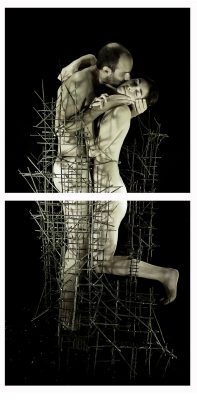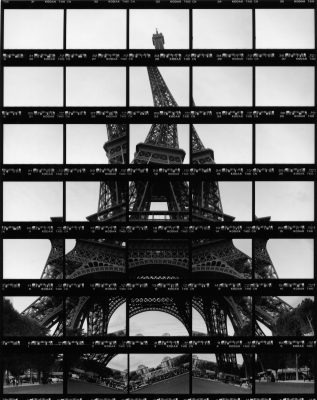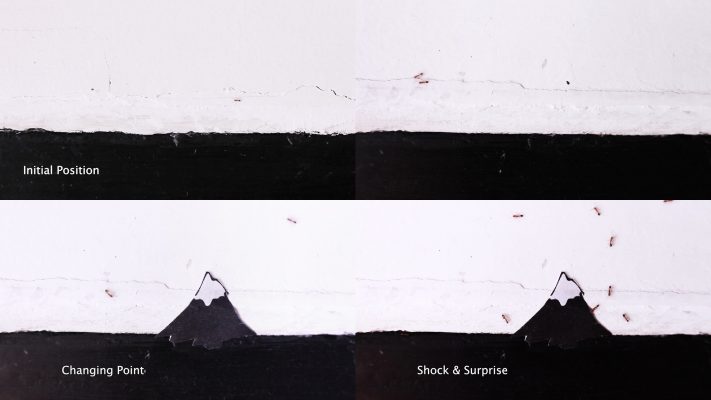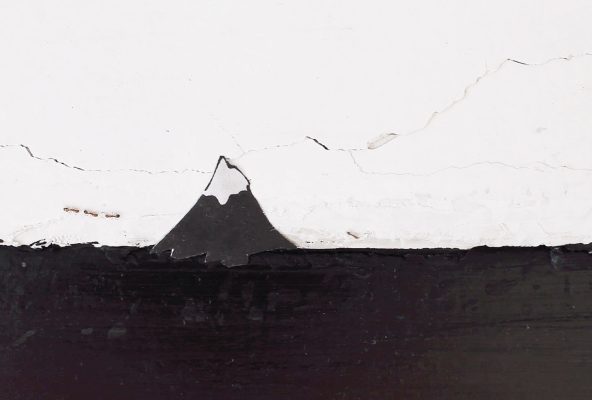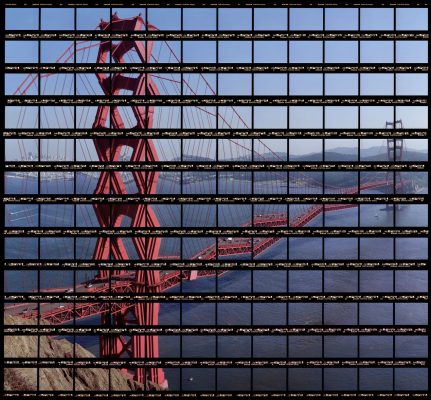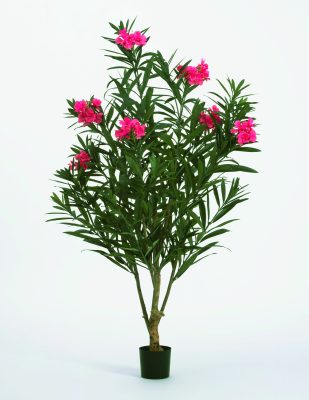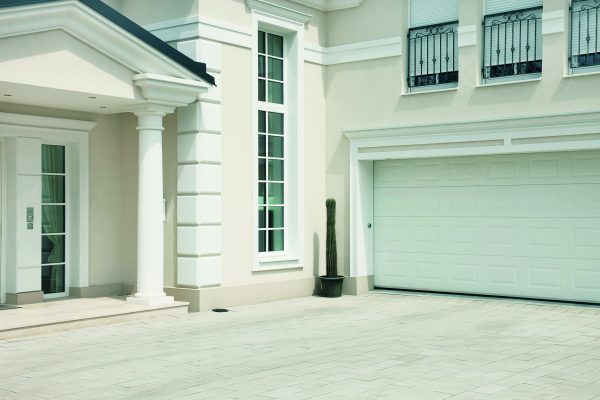FOTOGALERIE WIEN ON TOUR!
During the renovation and refurbishment of the FOTOGALERIE Wien we are on tour. The first exhibition will take place in Lyon/France in autumn – part II of our Austrian-French exchange project, which started in April/May 2022 in our premises:
ART EXCHANGE: FOTOGALERIE WIEN as a guest in the GALLERY VRAIS RÊVES, LYON
Curated by: Raymond Viallon and Rémy Mathieu (GALERIE VRAIS RÊVES); Brigitte Konyen and Michael Michlmayr (FOTOGALERIE WIEN)
Opening: Saturday, 10 September 2022 from 5 p.m.
Catalogue: A catalogue (German/French) published by GALERIE VRAIS RÊVES will accompany PAS DE DEUX II. For the first exhibition, FOTOGALERIE WIEN published a BILDER magazine (German/French) for both exhibitions.
GALERIE VRAIS RÊVES, 6 Rue Dumenge, 69004 Lyon
Opening hours: We–Sa, 3–7 p.m. and by appointment
The exhibition takes place as part of the “Biennale d’Art Contemporain de Lyon”
sponsored by: BMKOES; MA7-Kultur; Cyberlab; French Culture Institute Vienna
This Austrian-French exchange project allows two galleries, the FOTOGALERIE WIEN and the GALERIE VRAIS RÊVES in Lyon, to celebrate their 40th anniversary which makes both of them the oldest photo galleries in their respective cities. The primary goal of both galleries is the presentation of conceptual art photography and international cooperation with institutions. They are connected by decades of continuous information exchange, so there are a number of artists who have exhibited in both galleries. Curators of the two galleries have each selected four artists in accordance with their exhibition parameters. Part 1 was an exhibition in the FOTOGALERIE WIEN showroom, part 2 will be opened in the GALERIE VRAIS RÊVES on 10 September 2022.
Despite their many differences, the eight participating artists have a similar approach: they are showing conceptually developed works which have been made with the intention of opening up possibilities for new interpretations and perceptions using construction, staging and defamiliarisation.
Philippe Calandre shows photo montages. On the basis of architectural photographs, he constructs images located between reality and imagination. The construction materials come from his collection of images. Calandre’s fascination with industrial architecture leads him to constructing strange factory complexes consisting of silos, smoking chimneys, parcours of ducts and piping, stairways and metal bridges that have a sombre beauty.
Robert F. Hammerstiel’s photo works are linked to his engagement with human longing for happiness, comfort and security and the creation of substitute worlds. In Trust Me he stages artificial decorative plants as something desirable, revealing them as both a substitute for nature and mass product. Another series seems to show individually configured entries to single-family homes, which are actually based on standardised notions of beauty and order.
Thomas Kellner’s images of monuments, bridges and architectures such as Buckingham Palace, Big Ben, the Eiffel Tower or the Golden Gate Bridge are constructed. They have been assembled from successive frames of 35mm film whereby each frame is related to the next according to a pre-determined concept which rearranges the architecture. A kind of grid-based order is created – imaginary, fantastic but at the same time very aesthetic images.
For his extensive photo series, Gullivers, Pascal Mirande staged nudes embedded in sculptural constructions consisting of small, thin wooden rods. The net-like ‘scaffolding’ surrounds the bodies of the models who have been photographed in poses from poses from art history works. The concern is with space and scale (Gulliver), with nothing less than the history and “construction” of mankind as represented by Adam and Eve.
Three years ago Bénédicte Reverchon applied for a stay on the Kerguelen Islands in the Indian Ocean with the intention of photographing what is invisible, ephemeral and fragile there. It did not happen and she decided to carry out the planned work at home. The mixed technique work, MonoNoAware, fotosensibel für die Vergänglichkeit, became research into the islands, their form and characteristics – the extremely aesthetic result of a non-journey.
Simona Reisch combines photographic works with other media such as sculpture or installation. Furthermore, printing techniques and material such as wood, iron, glass etc. shift sections of photographed architecture into areas that are sculptural or haptic. Architecture is a central concern in her work. In the ensemble of works arch_ selected places such as decaying hotels or traffic circles are examined, architectural details extracted, alienated, accentuated and the original photographs translated into, and embedded in, the exhibition space.
Lea Titz manipulated the pathways of ants for a film that expresses much about human processes of research, testing and learning. Confrontation with sudden change causes a chain reaction. Depending on how drastic the intervention is, it takes more or less time for change to be accepted, adapted to or integrated. In the end a barrier across the ant pathway leads to a phase of irritation and exploration and then to a new route. The audio track by Hans-Jürgen Poëtz with its almost unnoticeable gradual changes makes an ideal soundtrack.
The collage series, Spaceships, by Laura Wagner combines the variety of forms which imaginary spaceships have taken in science fiction over the last century with landscape pictures from the 1920s. After humanity conquered the skies at the beginning of the twentieth century, discussions about space travel and thus also about the new vehicles that would be needed gained new momentum. “We are starting out into the cosmos prepared to accept anything: loneliness, misery, exhaustion, death … We don’t want to conquer the cosmos … We are simply seeking humans. We don’t want other worlds. We want mirrors.”
(Andrei Tarkovsky, Solaris 1972)
Petra Noll-Hammerstiel and Michael Michlmayr for the collective
